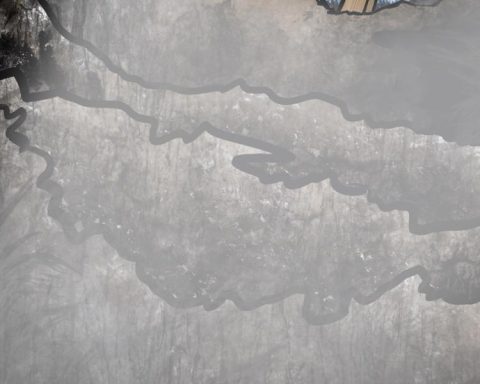March 28, 2023, 4:28 PM
March 28, 2023, 4:28 PM
In the Vatican Museums in Rome, a group of tourists stops before one of the building’s masterpieces: the Laocoön group. The sculpture, 1.84 meters high and about 2,000 years old, represents the Trojan priest Laocoon and his children. It is said that he advised his compatriots not to bring the Greek wooden horse into the city, because he suspected that it was a ruse by the besiegers. In fact, warriors who sealed the fall of Troy were hiding on the horse. That was the plan of the gods, and since Laocoon wanted to interfere with his warning, they killed him and his children with snakes.
An exciting tale of times past, but one detail in particular catches the group’s attention. Laocoon’s penis is extremely short, and not only that. Throughout the museum are statues of muscular men with tiny genitalia.
Of lasciviousness and self-control
Why do you think ancient sculptors endowed men with such modesty? “Hmm, I was a gynecologist,” says a Dutch tourist with a smile, “I wasn’t that concerned with men’s private parts.” And then he adds: “Although statistically speaking, it is assumed that southern penises are shorter than northern ones.
That is definitely not the reason, clarifies archaeologist and guide Chiara Giatti: “For the ancient Greeks and Romans, large genitalia were considered ugly“, he explains. The sculptors only modeled small genitalia because they wanted it to be clear: this man is a rational intellectual and, like a talt, he has his impulses under control.”
Michelangelo was inspired by antiquity
The small penis as a beauty ideal was initially a Greek affair.. Some 2,400 years ago, the playwright Aristophanes recorded what the ideal male body should look like: “A shiny chest, fair skin, broad shoulders, a tiny tongue, strong buttocks, and a small penis.”
The Romans adopted this idea. And not only them: Renaissance artists such as Michelangelo or Raphael were enthusiastic about the perfectly modeled masterpieces of antiquity and based their work on them. Michelangelo’s David, for example, which was created between 1501 and 1504 and can be admired today in the Galleria dell’Accademia in Florence, is only endowed with a tiny penis.
Study: the “piselli” are getting longer
Today, the view of the male genitalia has changed. Mini penises are frowned upon, large penises are considered masculine and represent success. According to a recent study from Stanford University (California), they are even getting longer: male genitalia have grown by 24 percent in the last 30 years in various regions of the world and in all age groups, as recently announced the scientific team in the scientific magazine “World Journal of Men’s Health”.
In ancient times, these dimensions would have caused aesthetic horror. “Length doesn’t matter at all, women have known this for a long time,” comments a tourist from Israel who stands in front of the Laocoön group and photographs the ancient mini phallus. In Italy, by the way, penises are colloquially called “piselli”, which translates as “peas”.


















